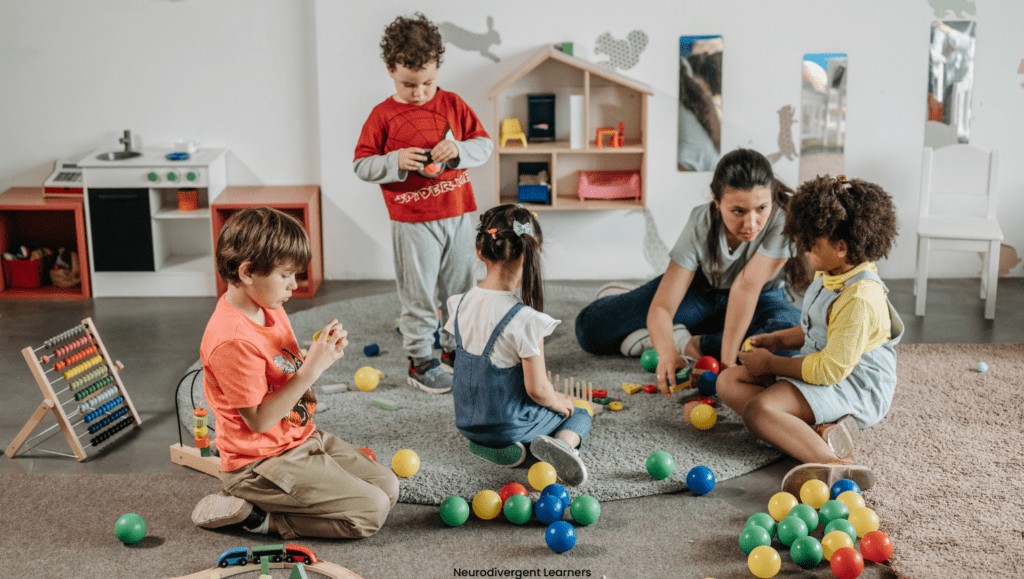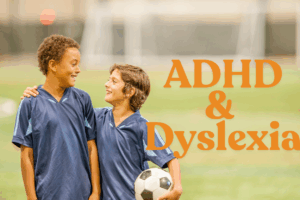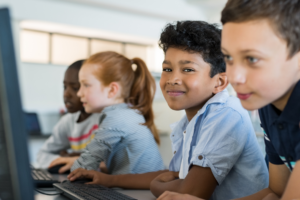
Tips for Supporting Neurodivergent Learners
- Posted by Sandra D
- Categories Neurodiversity
- Date February 6, 2025
- Comments 0 comment

Tips for Supporting Neurodivergent Learners: Embracing Fidget Toys and Movement in Education
Every child is unique, with their own set of strengths and challenges. Neurodivergent learners, who have neurological differences such as ADHD, autism, or sensory processing differences, require tailored approaches to learning. As a parent or educator, understanding and accommodating their needs is essential for creating a positive and effective learning environment. This article explores the benefits of allowing fidget toys and incorporating movement into learning activities, offering valuable insights for supporting your neurodivergent child’s educational journey.
Understanding Neurodiversity
Neurodiversity celebrates the natural variations in how individuals’ brains work. Neurodivergent learners process information differently, which can result in distinct learning styles. Conditions like ADHD and autism are examples of neurodivergence. Rather than viewing these differences as obstacles, embracing neurodiversity can lead to more inclusive and effective learning experiences. By recognizing and valuing these differences, we can foster environments where all learners thrive.
Benefits of Fidget Toys
Fidget toys, often seen as distractions in traditional learning settings, can be incredibly valuable for neurodivergent learners. Here’s why:
Enhanced Focus
Fidget toys provide a constructive outlet for excess energy, helping children concentrate better on their tasks. Engaging their hands with a fidget toy can actually improve their attention span. Studies have shown that fidgeting can help increase focus for learners with ADHD and similar conditions.
Stress Reduction
Neurodivergent learners might experience heightened sensory sensitivity or anxiety. Fidget toys can act as calming tools, allowing them to self-regulate their emotions and reduce stress levels. This self-regulation is crucial for maintaining a conducive learning atmosphere.
Increased Engagement
Fidget toys offer a secondary sensory experience that can complement the primary learning activity. This dual sensory input can keep neurodivergent learners engaged and more receptive to the learning material. For instance, a study on integration therapy highlights the positive impact of sensory tools in educational settings.
Incorporating Movement into Learning
Encouraging movement during learning activities might seem counterintuitive, but it can be highly effective for neurodivergent learners. Here’s how:
Kinesthetic Learning
Many neurodivergent learners are kinesthetic learners, meaning they learn best through movement and physical engagement. Incorporating movement into lessons can enhance their comprehension and retention of information. For example, using interactive learning tools can make abstract concepts more tangible.
Brain Activation
Movement increases blood flow to the brain, which can boost cognitive function. Simple activities like stretching, pacing, or even light exercise can help stimulate neural pathways and improve focus. Research shows that physical activity enhances cognitive performance in children.
Sensory Regulation
Movement can help regulate sensory input. For instance, rocking in a chair or bouncing on an exercise ball can provide the sensory feedback some neurodivergent learners need to stay focused. Incorporating tools like sensory chairs into the classroom can be beneficial.
Conclusion
Supporting neurodivergent learners is about embracing their unique strengths and challenges. Allowing fidget toys and incorporating movement into learning activities can significantly enhance their educational experiences. As a parent or educator, your understanding, flexibility, and willingness to adapt will create a nurturing space where your child can thrive academically and emotionally. By valuing neurodiversity, you are not only empowering your child but also contributing to a more inclusive and accepting educational landscape.
For more resources and information on supporting neurodivergent learners, visit Understood.org.

You may also like

ADHD and Dyslexia

Prep For Your IEP Meeting

